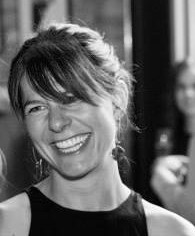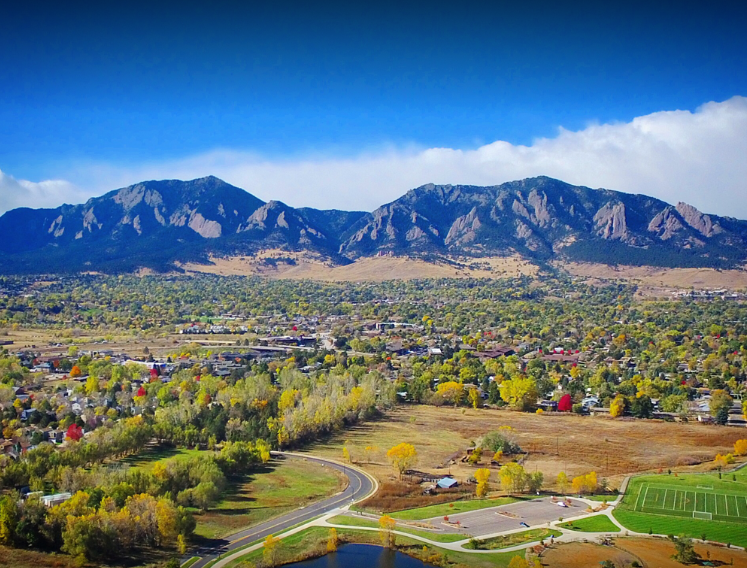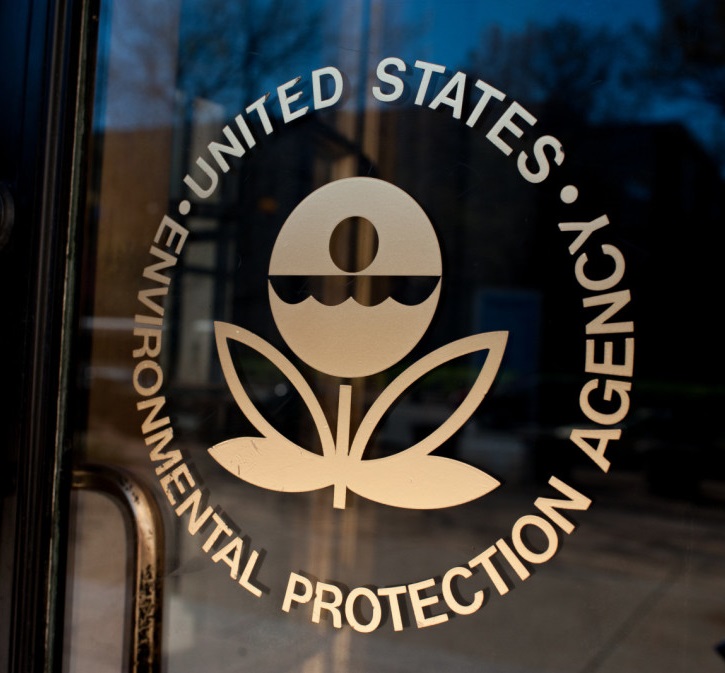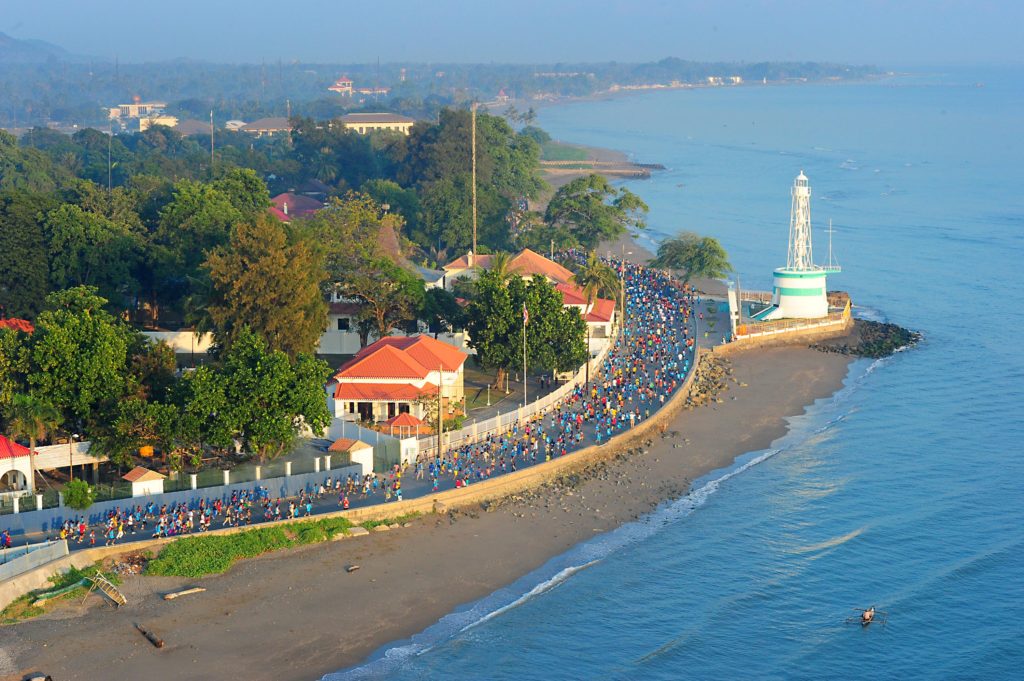
CDR has worked extensively with the extractive industry sector. We are driven by the desire to ensure that the social and political leverage of a company is used to benefit those directly impacted by its operations, and that the strategies employed to achieve value and well being for communities also generate economic value for the company and reduces its social risks.
In 2014, the corporate social performance manager from a global oil and gas company approached CDR Associates to help them devise a social performance management system, consistent with international standards, that would enable business units across its global operations to comply with its revised community-relations policy, new community-relations standard and associated requirements and commitments. The company was interested in developing a systematic approach that tied its social performance strategy to business objectives; ensured social risks were assessed, managed and monitored throughout the life cycle of an asset; integrated social performance into its organizational culture and broader business processes; and increased the company’s ability to operate on schedule and within budget, contributing to a positive bottom line.
Over the past three years, Susan Wildau, a Partner at CDR Associates and another colleague, partnered with the corporate team to develop a global community relations management framework, standard, and implementation strategy. They also created practical tools, templates and guidance to support compliance at the asset level.
An important insight gained early in the process was the need to place ownership and accountability for the system squarely on the shoulders of the CEOs for the business units rather than with the community relations department. Moreover, a shift in company culture was called for, whereby social risk was viewed as everyone’s business, and community relations considerations had a regular place at the decision-making table.
Accordingly, CDR Associates, in partnership with the company, provided support in the following areas:
• Capacity building and coaching of the corporate social performance team in social performance management systems.
• Development of the social performance global framework.
• Preparation of the company’s social performance standard and alignment with associated standards and policies.
• Development of the company’s practice in social opportunities management, including its social opportunities procedure.
• Preparation of a full set of social performance management plans consistent with the International Finance Corporation’s (IFC) performance standards, for use by the business units.
o Plans were developed in the areas of local content, closure, involuntary resettlement and land acquisition, conflict management, contractor management, community health, safety and security, stakeholder engagement, grievance mechanism, and so forth.
• Design and implementation of an interactive Social Performance Management Workshop and corresponding Train the Trainers course to introduce the social management system across the company’s global operations.
o Deliverables included program design, workshop agendas, all materials including case studies and simulations, and the Training for Trainers Guide.
• Co-delivery of workshop with corporate social performance team to targeted business units in various regions of company operations.
• Continued support of the corporate team and business units in their efforts to establish positive and constructive relations with local communities, civil society and authorities; reduce social risk; and enhance social performance tied to business objectives.
For more information on CDR’s experience and projects designing and implementing social performance management systems, grievance mechanisms, strategic community engagement, and conflict management for the extractives sector, including resolution of contentious company-community disputes, find Susan’s contact information here.






